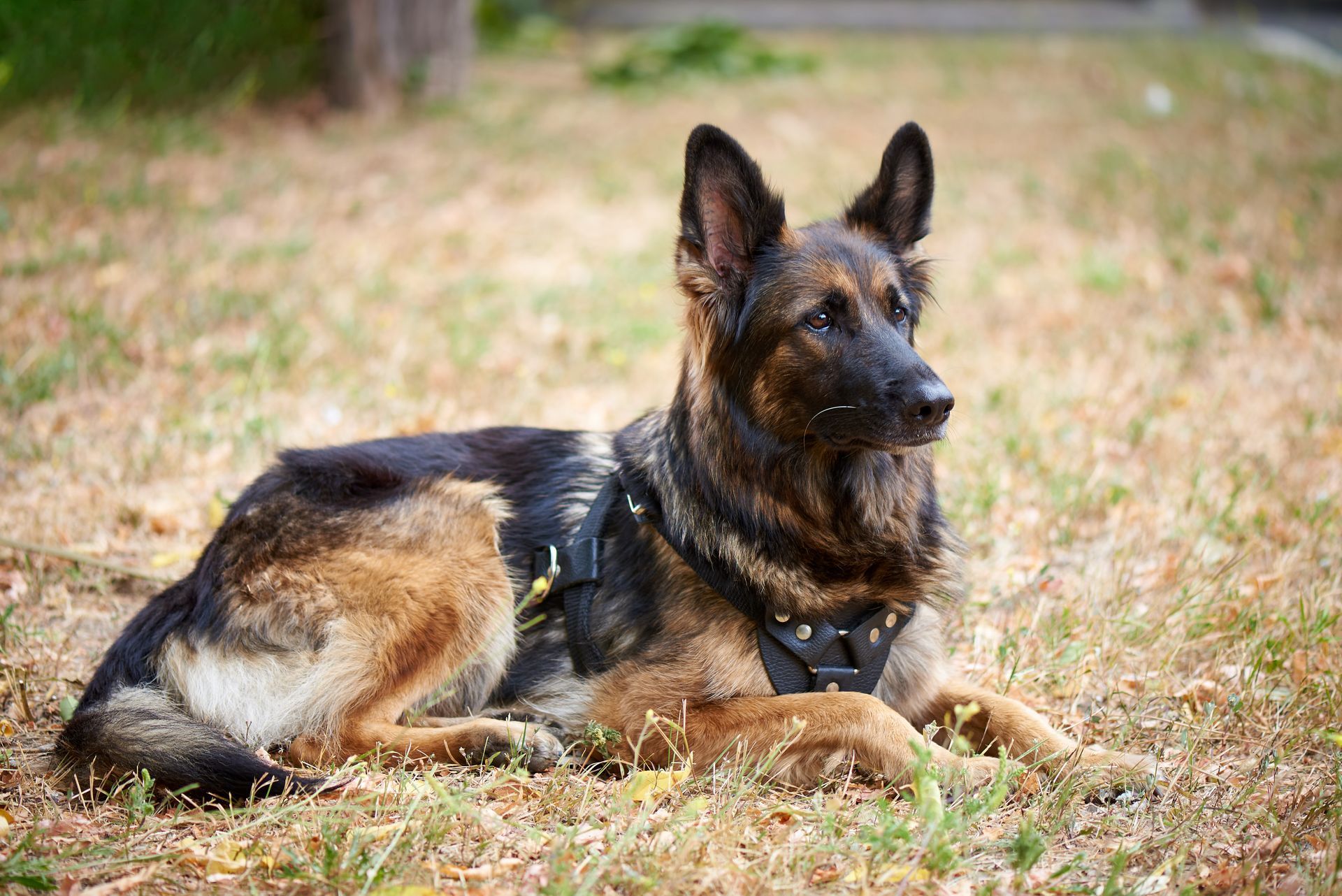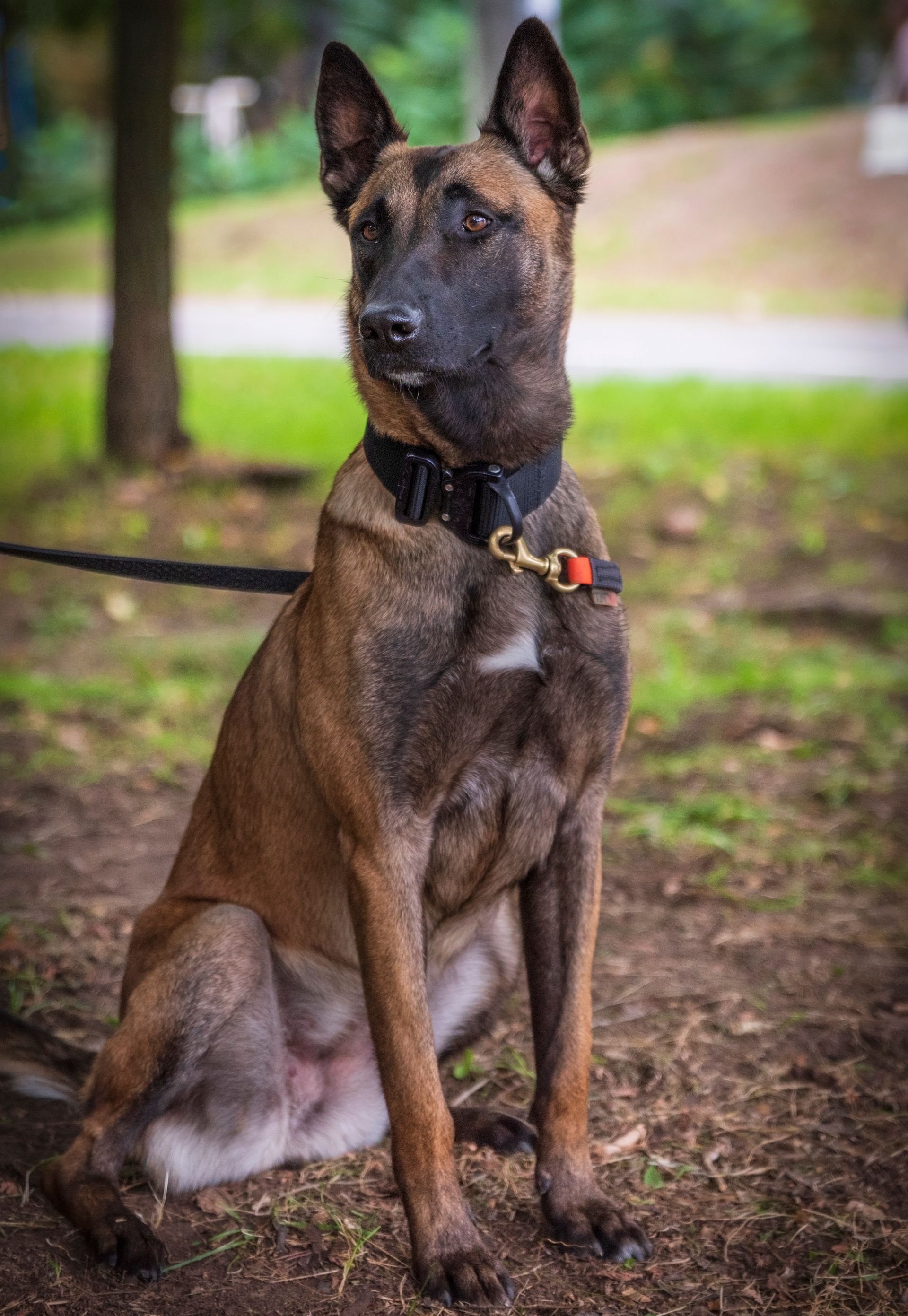May 9, 2025
When people think about dog training, they usually picture commands, structure, and control. They imagine military-like obedience, or dogs that act like little robots. But that’s not the point—at least not for us.
Take Zoey, a one-year-old German Shepherd who came to us after being returned to the shelter twice. Her new owner, Sarah, was at her wits’ end. Zoey barked at people, refused to settle, and panicked when left alone. “She’s just nervous,” Sarah said. “I don’t want to break her spirit with harsh rules.”
But here’s what Sarah didn’t realize: Zoey didn’t need freedom. She needed clarity . Her anxiety didn’t come from being corrected. It came from not knowing what was expected of her .
We started simple—crate training, structured walks, and confidence-building drills. We rewarded calm behavior and gave corrections when she acted out. Within a week, Zoey’s barking reduced. By the third week, she could lie calmly while Sarah worked from home.
Zoey didn’t lose her spark—she finally felt safe enough to shine.
Training didn’t control her—it freed her. Confidence is knowing what’s expected and trusting your environment. That’s what good training does.





